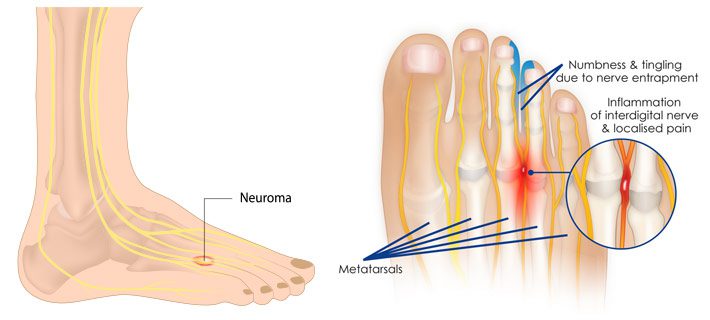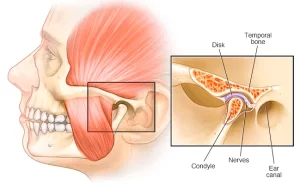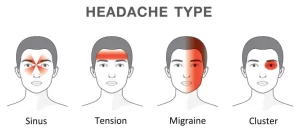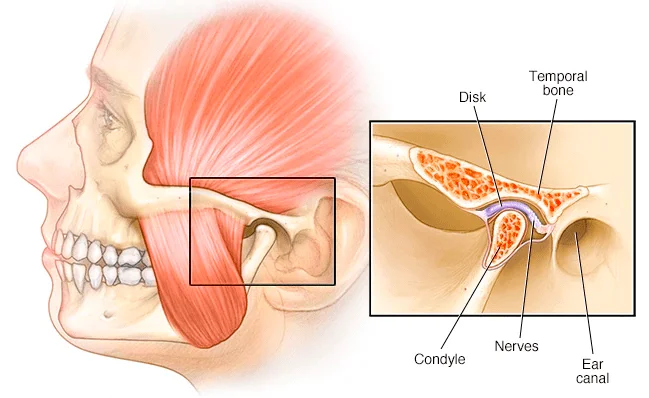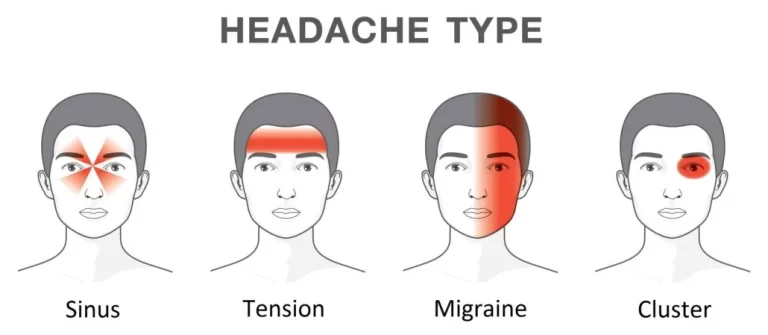What is Metatarsalgia?
Metatarsalgia is a painful inflammation in the ball of the foot. The ball of the foot is the area between the toes and arch. Metatarsalgia centers under the five bones at the bases of the toes, the metatarsals.
Physiotherapy in Singapore can help manage symptoms, reduce pressure on the foot, and improve overall function.
Symptoms of Metatarsalgia
The pain of Metatarsalgia usually begins gradually over time. It may improve when resting the foot and worsens when standing, running, walking, or exercising. Metatarsalgia is commonly described as the foot feeling like it is walking with marble or pebbles in the shoe, sharp burning or shooting pain in the ball of the foot, and toes are numb or tingling.
What causes Metatarsalgia?
The most frequent cause of Metatarsalgia is participating in sports activities that put pressure on the metatarsal bones at the front of your foot. These activities often lead to overuse of the area. Running is an activity involving putting constant force on the ball of the foot. The abnormal stress on the foot can increase inflammation in the metatarsal area and irritate the tendons, ligaments, and cartilage around the bone.
Other causes may include:
– Certain foot shapes: A high arch can put extra pressure on the metatarsals. Having a second toe that is longer than the big toe which causes more weight than normal to be shifted to the second metatarsal head can also cause Metatarsalgia.
– Foot deformities: Wearing too-small shoes or high heels can cause the foot to be misshapen. A downward-curling toe (hammertoe) and swollen, painful bumps at the base of the big toes (bunions) can cause Metatarsalgia.
– Excess weight: As most of the body weight transfers to the forefoot when we move, extra pounds mean more pressure on the metatarsals. Losing weight might reduce or eliminate symptoms.
– Poorly fitting shoes: High heels which transfer extra weight to the front of the foot are a common cause of Metatarsalgia in women. Shoes with a narrow toe box or athletic shoes that lack support and padding also can contribute to the problem.
– Stress fractures: Small breaks in the metatarsals or toe bones can be painful and change the way weight is put on the foot.
– Morton’s Neuroma: This noncancerous growth of fibrous tissue around a nerve usually occurs between the third and fourth metatarsal heads. It causes symptoms that are similar to Metatarsalgia and can also contribute to metatarsal stress.
Metatarsalgia Treatment
Physical therapy is recommended for the treatment of Metatarsalgia. The primary focus of treatment is the restoration of normal biomechanics and relief of pressure in the symptomatic area, to allow the inflammation to subside or resolve by relieving the repeated excessive pressure. Once the foot is pain-free, isometric, isotonic, and isokinetic exercises will be started for strengthening. Passive range of motion exercises will progress to active exercises as the inflammation disappears. As the inflammation subsides, an orthotic device often is the only intervention required to maintain normal mechanical function. These devices are necessary to distribute force away from the site of injury. At the very least, regular replacement of shoes can help to maintain support for the foot. If in doubt, please seek professional advice.
Step Towards Pain-Free Movement
Pain in the ball of your foot can make even simple activities uncomfortable. Our physio clinic in Singapore offers targeted treatment plans to relieve pressure, restore balance, and support your mobility. With the right care, you can move more comfortably and get back to doing what you enjoy.
Check out our popular articles: Diastasis Recti, Tight Back Muscles, Irritable Bowel Syndrome (IBS), Temporomandibular Joint (TMJ) Dysfunction, Tennis Elbow, Wrist Tendon Injury, Sciatica, Whiplash, Hernia, Herniated Disc (Slipped Disc).
